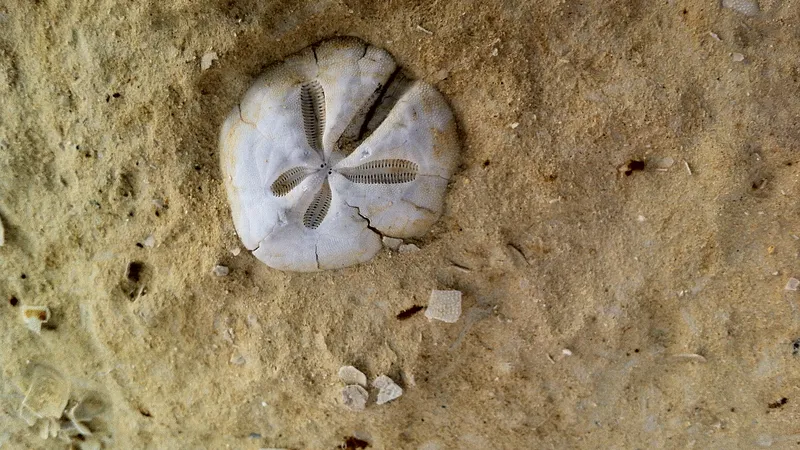Environmental Chronology: Temple Period (ca. 3600–2500 BCE)
Key Sub-Phases
Vegetation and Deforestation
Agriculture and Land Use
Water Management
Temple Construction and Quarrying
Livestock and Grazing Pressure
Biodiversity and Wildlife Impact
Environmental Knowledge and Ritual
Case Study Sites
Summary Table: Environmental Impact of Temple Period
Collapse of the Temple Culture (ca. 2500 BCE)
Legacy of the Temple Period
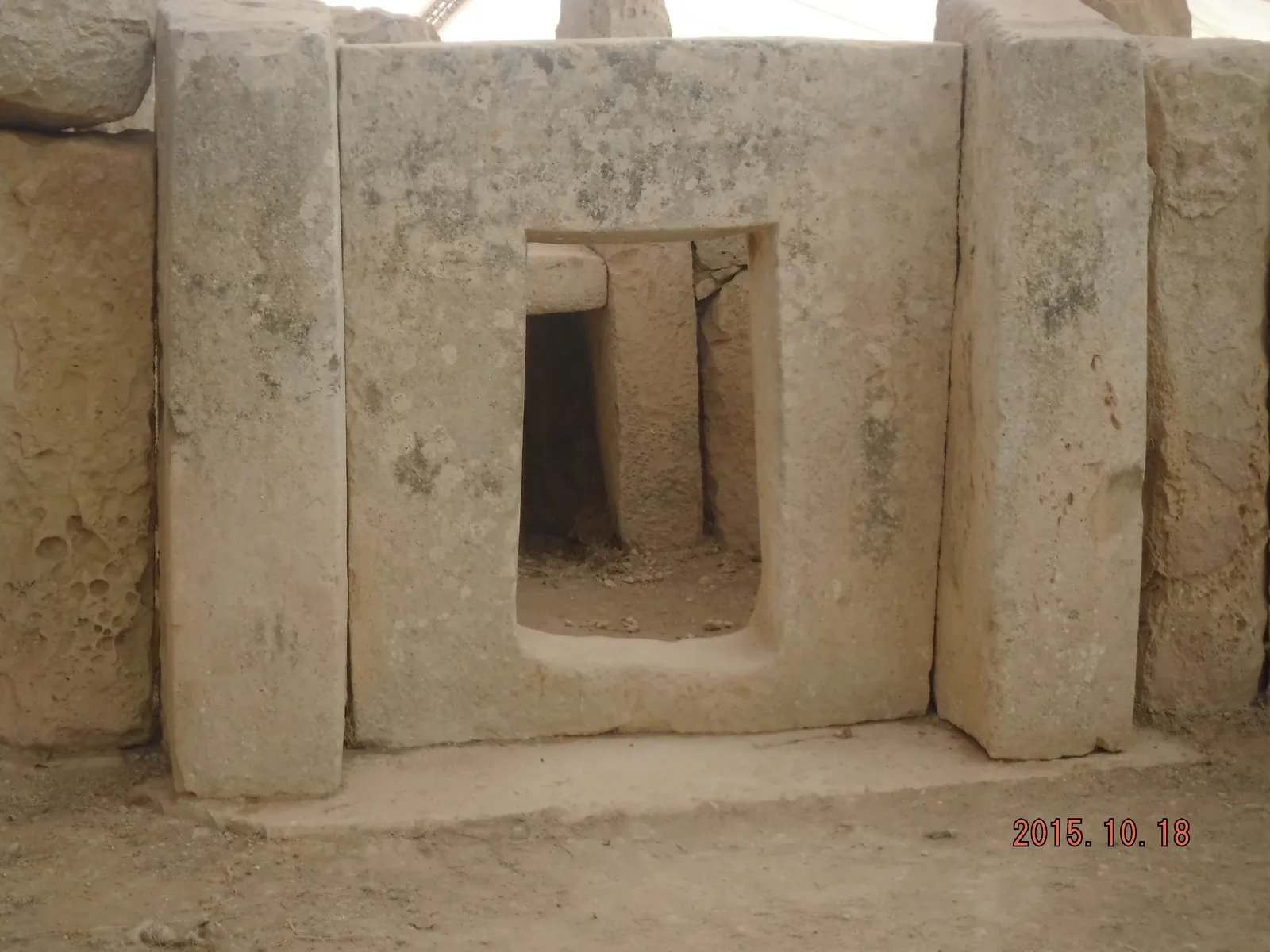
Hagar Qim Archaeological Site
Environmental Chronology
Indepth reading, follow the links:
- Geological Formation (35–5 million years)
- Pleistocene Epoch (2.6 million – 11,700 years)
- Early Holocene & First Humans (ca. 5200 BCE)
- Temple Period (ca. 3600–2500 BCE)
- Bronze Age to Classical Antiquity (2500 BCE–500 CE)
- Medieval Period (500–1530 CE)
- Knights of St. John (1530–1798)
- British Period (1800–1964)
- Post-Independence to Present (1964–2025)
The Temple Period in Malta (ca. 3600–2500 BCE) — a remarkable era in which the islands hosted one of the world’s earliest known megalithic cultures. This period is not only culturally extraordinary but also environmentally significant, as it marks Malta’s first major anthropogenic transformation of its natural landscape.
Also known as the Neolithic Temple Period, this era is named after Malta’s unique megalithic temple builders, a prehistoric society that altered the land dramatically despite limited tools.
Key Sub-Phases
| Culture/Sub-Period | Approx. Dates | Key Sites |
|---|---|---|
| Ġgantija Phase | 3600–3200 BCE | Ġgantija (Gozo), Santa Verna |
| Saflieni Phase | 3300–3000 BCE | Ħal Saflieni Hypogeum |
| Tarxien Phase | 3150–2500 BCE | Tarxien Temples, Mnajdra, Ħaġar Qim |
Vegetation and Deforestation
Early Natural Landscape
- Before human activity, Malta likely had mixed woodland and maquis:
- Holm oak (Quercus ilex)
- Pine (Pinus halepensis)
- Carob, lentisk, wild olive
- Holm oak (Quercus ilex)
- These were accompanied by garigue and steppe in drier zones.
Human-Induced Change
- Evidence from pollen and charcoal studies shows:
- Extensive deforestation starting around 3800–3500 BCE.
- Wood used for:
- Fuel (cooking, heating)
- Temple construction (roof supports, door frames)
- Agriculture (clearing land for fields and pastures)
- Fuel (cooking, heating)
- Slash-and-burn practices likely used to clear dense shrubland.
- Extensive deforestation starting around 3800–3500 BCE.
Consequences
- Soil erosion began as tree cover diminished.
- Reduction in native biodiversity.
- Expansion of secondary vegetation (e.g., grasslands, hardy shrubs).
Agriculture and Land Use
Farming Practices
- Temple builders were sedentary agriculturalists:
- Cultivated wheat, barley, lentils, peas, and flax.
- Kept domesticated animals: sheep, goats, pigs, cattle.
- Cultivated wheat, barley, lentils, peas, and flax.
Tools & Techniques
- Used flint and obsidian tools, and antler picks.
- Practiced dry farming (no irrigation systems).
- Built rudimentary terraces on slopes.
- Cleared fields in valley bottoms and flatter uplands.
Environmental Effects
- Overcultivation and soil fatigue likely contributed to eventual collapse.
- Intensive land use, particularly in the Tarxien phase, may have exceeded the land’s regenerative capacity.
Water Management
- No rivers or lakes, so early Maltese relied on:
- Rock-cut cisterns and water holes.
- Rainwater collection in natural depressions.
- Rock-cut cisterns and water holes.
- Water likely carried from sources by clay vessels or skins.
Sustainable Practice
- Their reliance on rainwater harvesting and small-scale use meant their water systems were low-impact — but also vulnerable to drought.
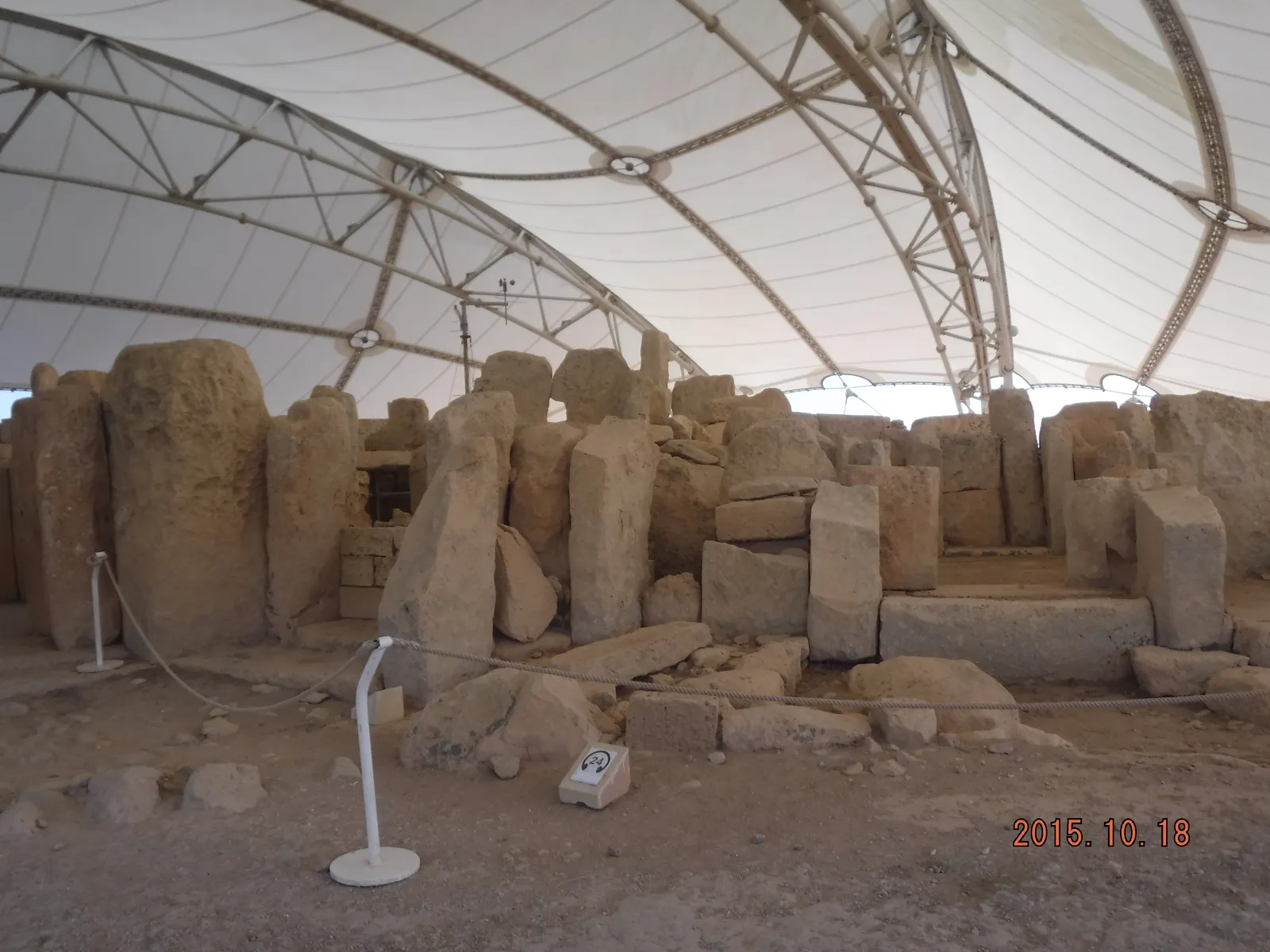
Hagar Qim Temple, now under cover
Temple Construction and Quarrying
Major Environmental Undertaking
- Temple building required large-scale quarrying of globigerina limestone.
- Transport of multi-ton megaliths (some over 20 tonnes) likely involved:
- Rollers (tree trunks or stone balls)
- Manpower and wooden sledges
- Rollers (tree trunks or stone balls)
Environmental Cost
- Localized habitat destruction near temple sites and quarries.
- Quarry pits and extraction scars still visible today.
Livestock and Grazing Pressure
- Goats and sheep were the main grazing animals.
- Overgrazing contributed to:
- Soil compaction
- Loss of undergrowth
- Delayed or prevented forest regeneration
- Soil compaction
Increased grazing pressure likely paralleled population growth during the peak of the Tarxien Phase.
Biodiversity and Wildlife Impact
- Prehistoric Malta had:
- Small mammals (e.g., dormice)
- Reptiles and amphibians
- Birds, especially migratory species
- Small mammals (e.g., dormice)
Impact of Human Activity
- Habitat loss from farming, quarrying, and fire reduced species richness.
- Birds hunted for food, possibly leading to localized extinctions.
- Charcoal analysis shows increase in pyrophytic plants (fire-tolerant species), indicating frequent burning.
Environmental Knowledge and Ritual
- Temple layouts and orientations suggest astronomical and seasonal awareness (e.g., solstices).
- Underground temples (e.g. Ħal Saflieni Hypogeum) may reflect a symbolic return to the earth, suggesting early spiritual links to the natural world.
This implies a culture with a deep respect for environmental cycles, even as their subsistence activities altered the landscape.
Case Study Sites
| Site | Environmental Significance |
|---|---|
| Ġgantija (Gozo) | Oldest megalithic temple; signs of nearby deforestation and clearance |
| Mnajdra & Ħaġar Qim | Temples facing solar events; located in coastal garigue zones |
| Tarxien Temples | Urban location; extensive quarrying, likely permanent loss of vegetation |
| Ħal Saflieni Hypogeum | Excavated into bedrock; unique subterranean space, likely water-linked |
Summary Table: Environmental Impact of Temple Period
| Aspect | Impact |
|---|---|
| Deforestation | High – major clearance of native woodland |
| Agriculture | Expanding – led to erosion and soil exhaustion in later phases |
| Water use | Minimal – small-scale rainwater harvesting |
| Quarrying | Localized – for temple building, but destructive near megalithic sites |
| Biodiversity | Decline – due to habitat loss, hunting, and grazing |
| Environmental worldview | Complex – symbolic connection to nature, despite ecological disruption |
Collapse of the Temple Culture (ca. 2500 BCE)
- Environmental degradation may have contributed to the culture's collapse:
- Exhausted soils
- Overgrazing
- Possible climate variability or droughts
- Exhausted soils
Combined with social and demographic stress, these factors likely led to abandonment of temple-building and a return to simpler subsistence strategies.
Legacy of the Temple Period
Enduring Features:
- Malta’s archaeological landscape remains dominated by megalithic temples.
- Many dry-stone walls and field boundaries may have roots in Neolithic spatial organization.
Ecological Consequences:
- This was the first period of large-scale environmental manipulation.
- Set in motion a long-term trajectory of deforestation and land pressure still visible today.
Related
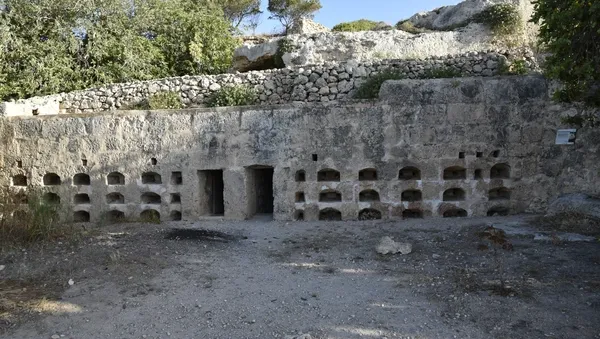
Environmental Chronology of the Maltese Islands
Read more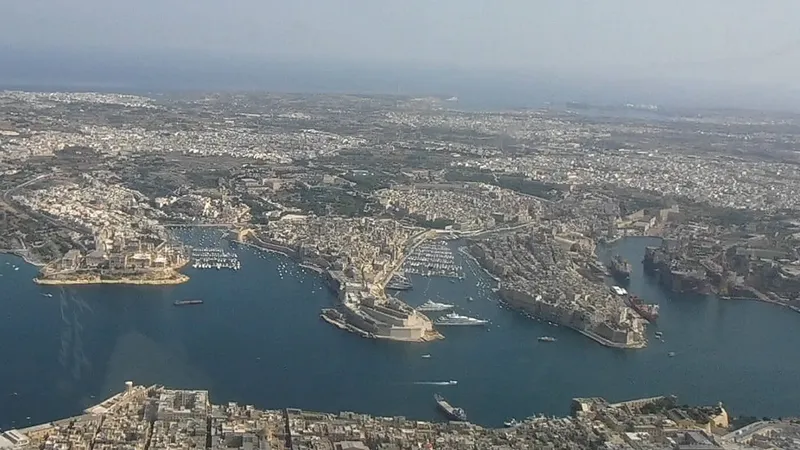
Environmental Chronology: Malta (1964–2025)
Read more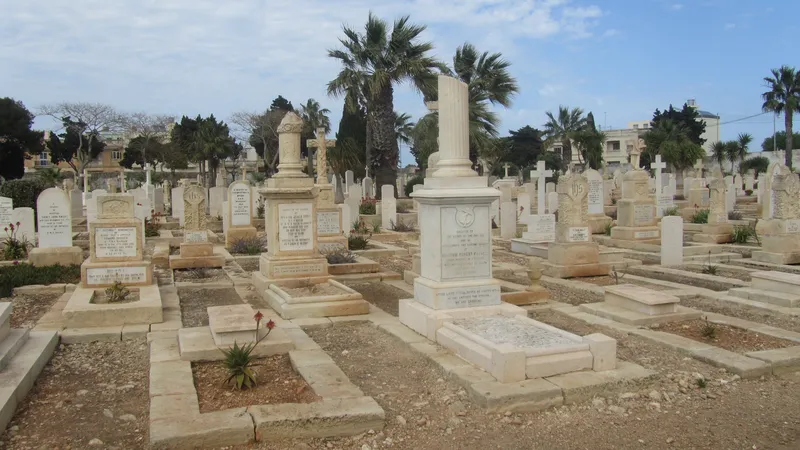
Environmental Chronology: British Period in Malta (1800–1964)
Read more
Environmental Chronology: Knights of St. John (1530–1798)
Read more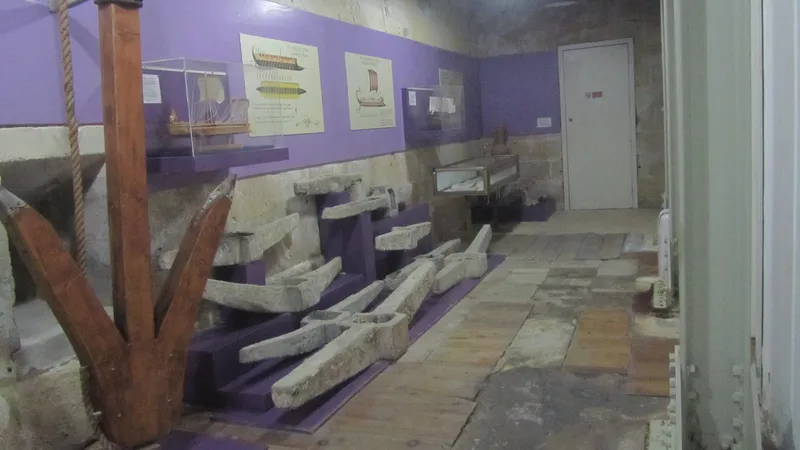
Environmental Chronology: Medieval Period in Malta (500–1530 CE)
Read more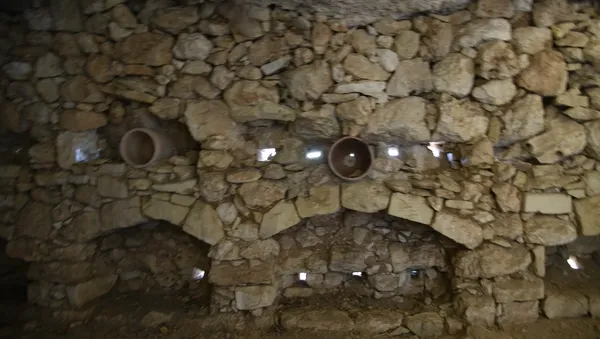
Environmental Chronology: Bronze Age to Classical Antiquity (2500 BCE–500 CE)
Read more
Environmental Chronology: Early Holocene & First Human Settlement (ca. 5200 BCE)
Read more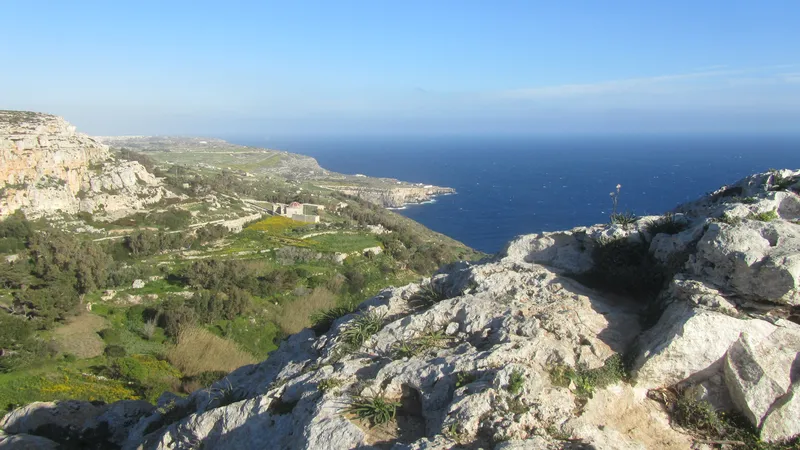
Environmental Chronology: Pleistocene Malta (2.6 million – 11,700 years ago)
Read more